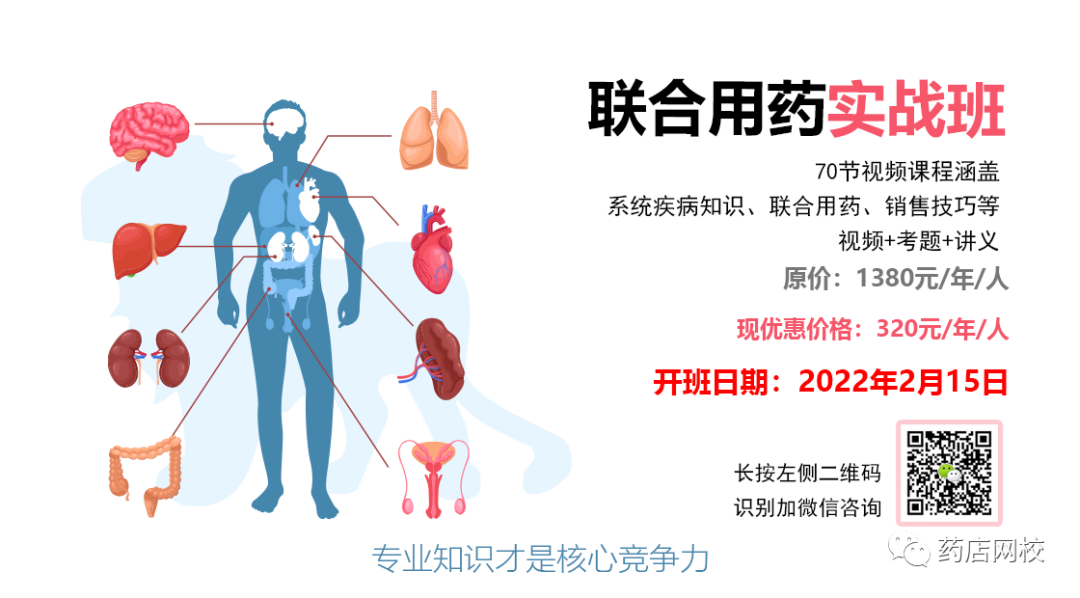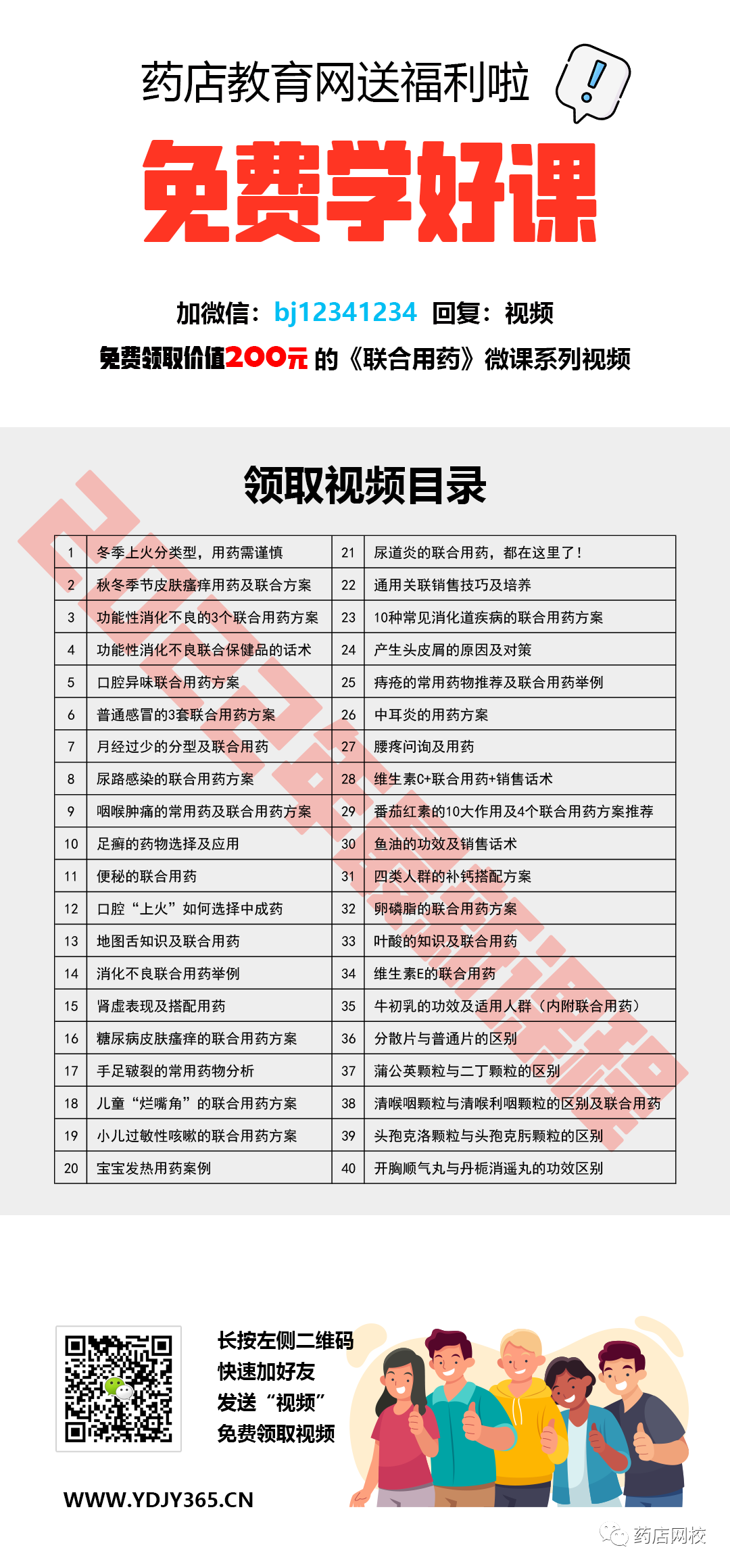Urinary tract infection (UTI) is a common infectious disease, generally referring to the infectious inflammation caused by a large number of pathogenic microorganisms invading and proliferating in the urinary tract. It can be divided into upper urinary tract infections (mainly pyelonephritis) and lower urinary tract infections (mainly cystitis). The route of urinary tract infection is mostly ascending infection.
1. Common Causes
Most are caused by bacterial infections, with the most common pathogens being Escherichia coli (大肠杆菌), Enterococcus faecalis (粪肠球菌), Proteus mirabilis (变形杆菌), and Pseudomonas aeruginosa (绿脓杆菌).
Precipitating factors include urinary tract obstruction, vesicoureteral reflux, sexual trauma, pregnancy, menstruation, postpartum, urinary tract malformations, and urinary tract instrumentation. Patients with systemic diseases such as diabetes or those on long-term corticosteroids or immunosuppressants have a higher incidence due to decreased immunity. Women have a significantly higher incidence than men due to anatomical reasons.
2. Key Points for Inquiry
1. Presence of urinary frequency, urgency, dysuria, difficulty in urination, discomfort in the bladder area, etc.; presence of visible pus in urine or hematuria;
2. Presence of chills, fever (generally body temperature between 38.5~40℃), accompanied by general malaise, fatigue, headache, dizziness, and lumbar pain;
3. Presence of common precipitating factors.
3. Physical Examination and Auxiliary Tests
1. Physical examination shows tenderness in the costovertebral angle, upper ureter points, bladder area, and lumbar region;
2. Routine urinalysis shows elevated white blood cells, and bacteriological examination aids in diagnosis.
4. Diagnostic Key Points
The diagnosis of urinary tract infection often cannot rely solely on clinical symptoms and signs but must depend on laboratory tests, especially bacteriological examinations. Any true bacteriuria found in routine urinalysis can be diagnosed as a urinary tract infection.
5. Exclude the Following Diseases
1. Systemic Infectious Diseases: May present with urinary tract infection symptoms, but local irritative signs are not obvious, while systemic symptoms are more prominent. Chest X-ray, abdominal ultrasound, and blood routine tests can clarify the diagnosis;
2. Urinary Tuberculosis: Often has obvious urinary tract irritative signs, and most patients have a history of pulmonary tuberculosis or pelvic tuberculosis, with corresponding laboratory tests such as urine tuberculosis culture aiding in diagnosis;
3. Chronic Pyelonephritis: This disease often presents with general chronic interstitial nephritis symptoms and has a history of intermittent urinary tract infections. Imaging examinations may reveal localized rough renal cortical scars, accompanied by corresponding renal calyx deformities.
6. Treatment Principles
Correct the precipitating factors, use antibiotics to reduce inflammation, and provide systemic supportive therapy. For those with persistent high fever or severe systemic symptoms, hospitalization is recommended.
|
Clinical Symptoms |
Symptomatic Treatment |
|
Bladder irritative symptoms (urinary frequency, urgency, dysuria) |
Qinglin Granules (清淋颗粒), Bilin Capsules (泌淋胶囊), Re Lin Qing Tablets (热淋清片), Da Bai Du Capsules (大败毒胶囊) |
|
Antibacterial and anti-inflammatory |
Levofloxacin (左氧氟沙星), Spiramycin (司帕沙星), Amoxicillin (阿莫西林) |
7. Related Sales
|
Category |
Symptomatic Treatment |
|
|
Main Drug |
Antibacterial and anti-inflammatory |
Such as Levofloxacin Capsules (左氧氟沙星胶囊), Spiramycin Tablets (司帕沙星片), Amoxicillin Capsules (阿莫西林胶囊) |
|
Auxiliary Drug |
Symptomatic management, alleviating symptoms |
Such as Qinglin Granules (清淋颗粒), Bilin Capsules (泌淋胶囊), Re Lin Qing Tablets (热淋清片), Da Bai Du Capsules (大败毒胶囊) |
|
Related Medications |
Natural bactericides, enhance immunity |
Such as Garlic Extract Capsules (大蒜素胶囊), Vitamin C (维生素C), Amino Acids (氨基酸), American Ginseng (花旗参) |
8. Professional Tips
1. Drink plenty of water and consume vitamin C-rich beverages, and urinate frequently, which are the most practical and effective preventive methods;
2. Pay attention to genital hygiene and try to avoid using urinary tract instruments;
3. For recurrent urinary tract infections related to sexual activity, urinating immediately after intercourse and taking a standard dose of antibiotics as a preventive measure can be effective.
>> The above information is sourced from the internet and organized by the Pharmacy Education Network, for reference by professionals only.



